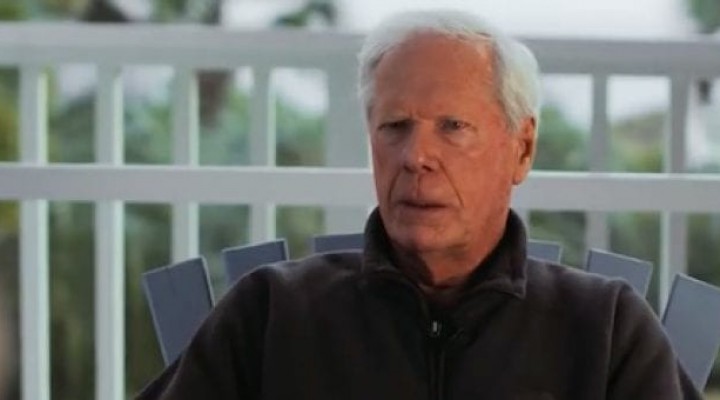The Crisis Is Not Over Until It Is Over

From the sucess of preventative measures in reducing the infection rate and limiting the crisis to specific geographical areas such as New York City, we are in danger of concluding that the virus threat was a global false alarm. Indeed, this claim has now emerged in a German government report sponsored by a person in a department of the interior ministry. The report concludes that “probably at no point did the danger posed by the new virus go beyond the normal level” and that the only people who died from the virus were those who had already reached the end of their lives.
Tell that to New York City. Normal levels of illness and death do not overwhelm health care and burial systems. In New York City hospitals were overwhelmed and health care personnel were over-burdened. Politifact confirms that NY City had to rely on mass burials on the city’s Hart Island because of “the city’s staggering death toll amid the COVID-19 pandemic.” A staggering accumulation of corpses was also a feature of the crisis in northern Italy. We heard the same reports from Wuhan which cast doubts on the relatively small number of deaths reported. Currently, Chile reports that the country is hovering on the brink ( https://www.telesurenglish.net/news/Chilean-Scientists-Call-on-President-to-Change-COVID-Strategy-20200531-0002.html Flu season deaths are not known to over-tax health care facilities or to require mass burials. Clearly, the impact of Covid and the flu differ.
What is the point of a report that denies the obvious? I will believe the report when the governor of New York state and the mayor of NY City endorse it.
How such unrealism gets into reports is a mystery. One possible explanation is that the imposed restraints reduced the density of people on streets, in shops and work places and prevented or limited the spread of the virus from highly infected areas, thereby preventing other geographical areas from becoming centers of high infection. If none of these measures had been taken, there would have been more areas of high infection.
The present concern is whether the virus will be subdued by the onset of summer, with the result that a second wave is not sparked by the reopenings. Such an outcome would encourage the belief that the virus threat was exaggerated and strengthen the propaganda that it was a hoax, thereby leaving us sitting ducks if the virus seasonally reappears.
The challenge is to reopen with caution so that a second wave doesn’t result in a second closedown, but caution is being thrown to the wind by all the claims that the virus is not a real problem. New York City, northern Italy, and Wuhan, among others, know that the virus is a problem. So do the doctors and nurses who have had to treat Covid patients. The reason for protective measures is to keep the virus from becoming a problem as a result of high rates and levels of infection. If the virus runs unchecked, we will see far worse infringements of freedom than closedowns.
Even if the German report’s allegations were true, the reports of China’s massive struggle against the virus made the virus present as anything but a false alarm. In the face of such a perceived threat, do the German report’s authors think governments should have done nothing?
It is certainly possible that air pollution in Wuhan and other factors unique to China made the threat greater in China and that this was not taken into account by authorities in the West as they assessed the virus threat. The virus seems to best flourish in dense populations dependent on public transportation. Regardless, in cases of public health, it is better to over- than under-estimate the threat. That certainly seems to be the lesson from Hurricane Katrina where catastrophe resulted from underestimating the threat and public authorities were immobilized for days while people died.
The perception of the threat depends on whether or not a person or a geographical area experienced it. I haven’t heard NY authorities or people living in NY city claiming that the threat was overestimated. Less densely congested areas into which the spread of the virus was limited by closures and travel restrictions were spared from high infection rates. People in such areas would not perceive the threat to the same degree as people in New York.
The crisis is not over until it is over. Caution should be the order of the day. Reopening seems not to have worked in Chile
( https://www.telesurenglish.net/news/chile-santiago-to-collapse-with-no-beds-for-critical-patients-20200527-0003.html ).
The last thing we want is a careless reopening that produces a second wave of virus infections. A second wave would make the hoax-mongers look very foolish, but I do not want the pleasure of saying “I told you so.”
 TheAltWorld
TheAltWorld 
0 thoughts on “The Crisis Is Not Over Until It Is Over”